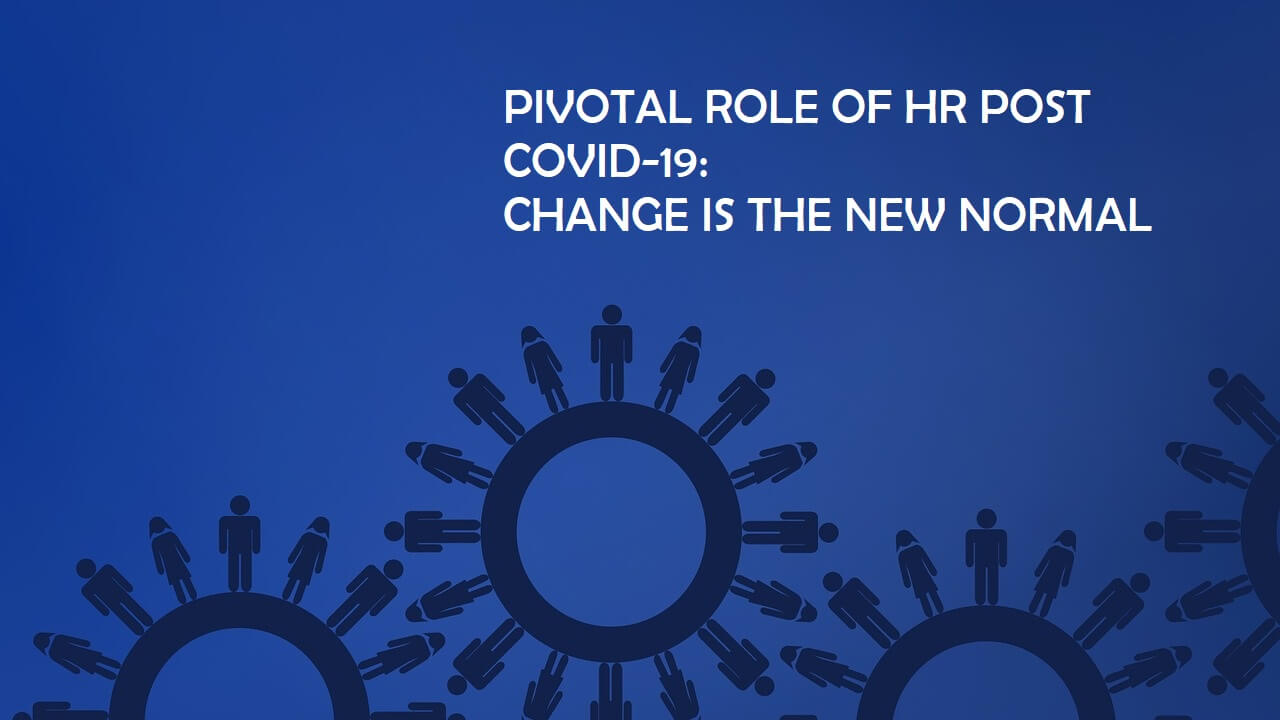
As the severity of the lockdown is decreasing gradually, several businesses are coming back to life, with social distancing being the new norm. This has induced changes in all elements of the business. These changes will create a significant impact on the survival and longevity of the company depending on the action taken by leaders. Change is inevitable due to the dynamic nature of the marketplace, but it occurs gradually over time, whereas the recent economic conditions demand a sudden transformation that can cause upheaval, and hence pre-planned transition is much needed.
A vast set of these responsibilities falls on the shoulders of the HR managers. Companies will have to become employee-oriented, where priority is given to maintaining an employee’s physical and mental health.
Operational Policies –
Should the companies promote work-from-home post COVID-19? Is WFH an advantage in disguise in terms of saving infrastructure costs? Though this pandemic has accelerated the changes in the virtual workplace, better policies regarding work ethics, infrastructural constraints, work-time behavior, performance appraisal and technological barriers will be required for a smooth shift in the new paradigm. Policies needs to be revamped, employee engagement and their ability to bond with their colleagues should be done to maintain their morale.
Human Capital Management –
Is it time to change the organizational culture? Employee-oriented or market-oriented culture? Recently, a study has shown the link between corporate culture, employee commitment, and economic success. Transparency plays a major role in creating trust. Brutal ground realities should not be kept from workers, while at the same time, maintaining hope will be essential to maintain balance – basically a Stockdale Paradox. Workers should also be encouraged for upskilling. Moreover, implementation of employee assistance programme to reduce the risk of infection while re-opening physical workplaces should be done. Employees’ mental health needs to be ensured by providing them trust and direction.
Hiring and Firing –
Should employees be sent on furloughs, layoffs, or retrenchment? Several organizations are preferring furloughs instead of retrenchment as a cost optimization measure. The way in which layoff is done goes a long way in impacting the morale of the existing employees as well. Weak economic cash flows will, unfortunately, accelerate employee termination, but once the struggling industries re-open after the crisis ends, organizations need to be equipped with a re-opening strategy and speed up the recruitment process before the crisis ends. Reviewing the ATS, investment in agile assessment solutions, managing HR Technology, remote hiring, and building virtual hiring technology should be prioritized.
The framework created by Christopher D. Zatzick, Mitchell L. Marks, and Roderick D. Iverson provides choices to companies to get through the layoffs. It is based on two dimensions: Type of downsizing planned, and the company’s existing approach in managing employees.
A steady and calm voice at the top is required to hold people from going astray. A leader should communicate compassion and symbolism with consistency. As the scenario is entirely new, many leaders will be forced to make decisions that are a lot less accurate than before. But nonetheless, decisions made now will have a severe effect on the culture, core values, and, thus, the performance of the company. Whatever was true before may not be true today, with the facts changing on a day-to-day basis. Hence, this situation should be viewed not as a crisis, but as an opportunity to restructure and initiate change in the desired direction.

